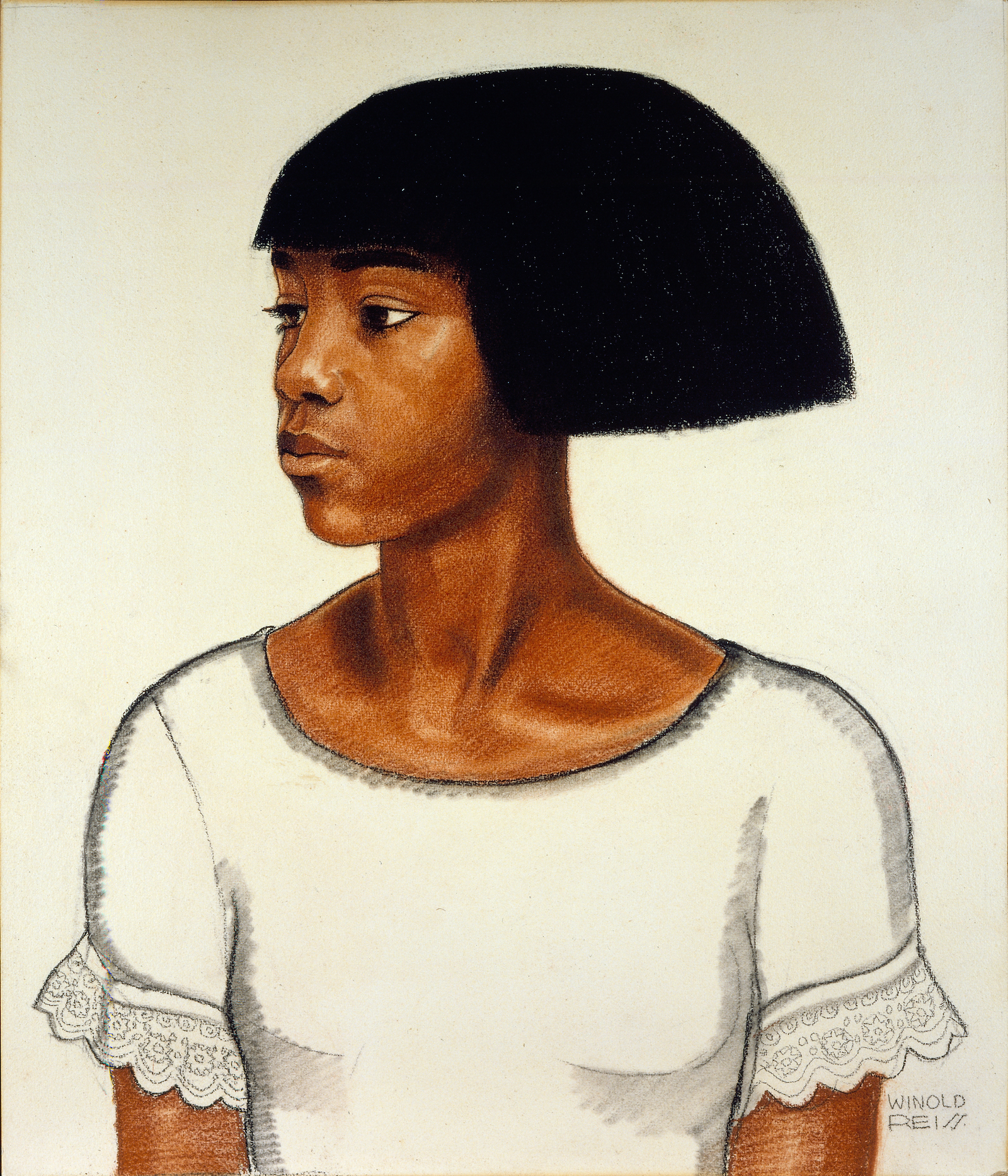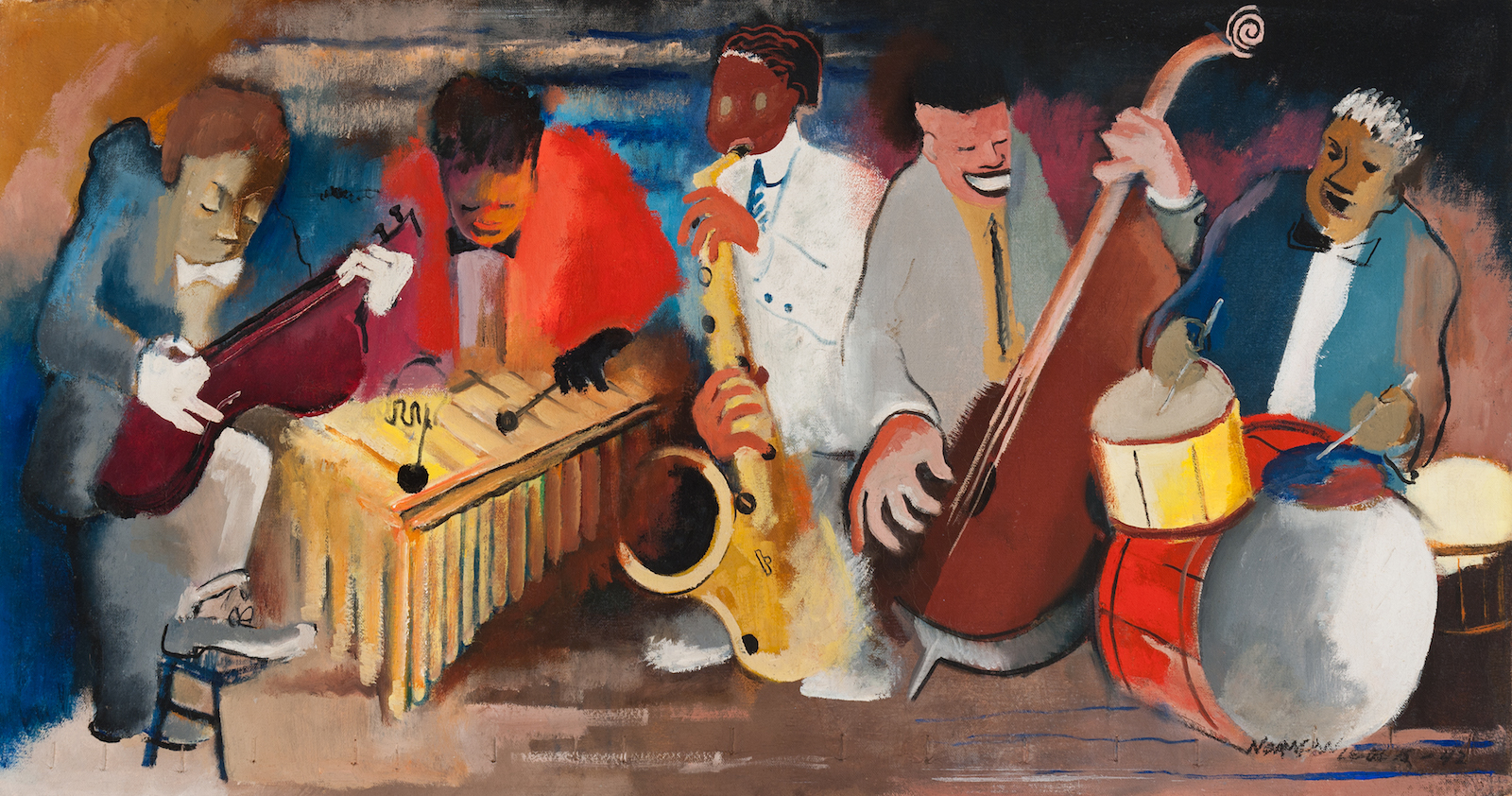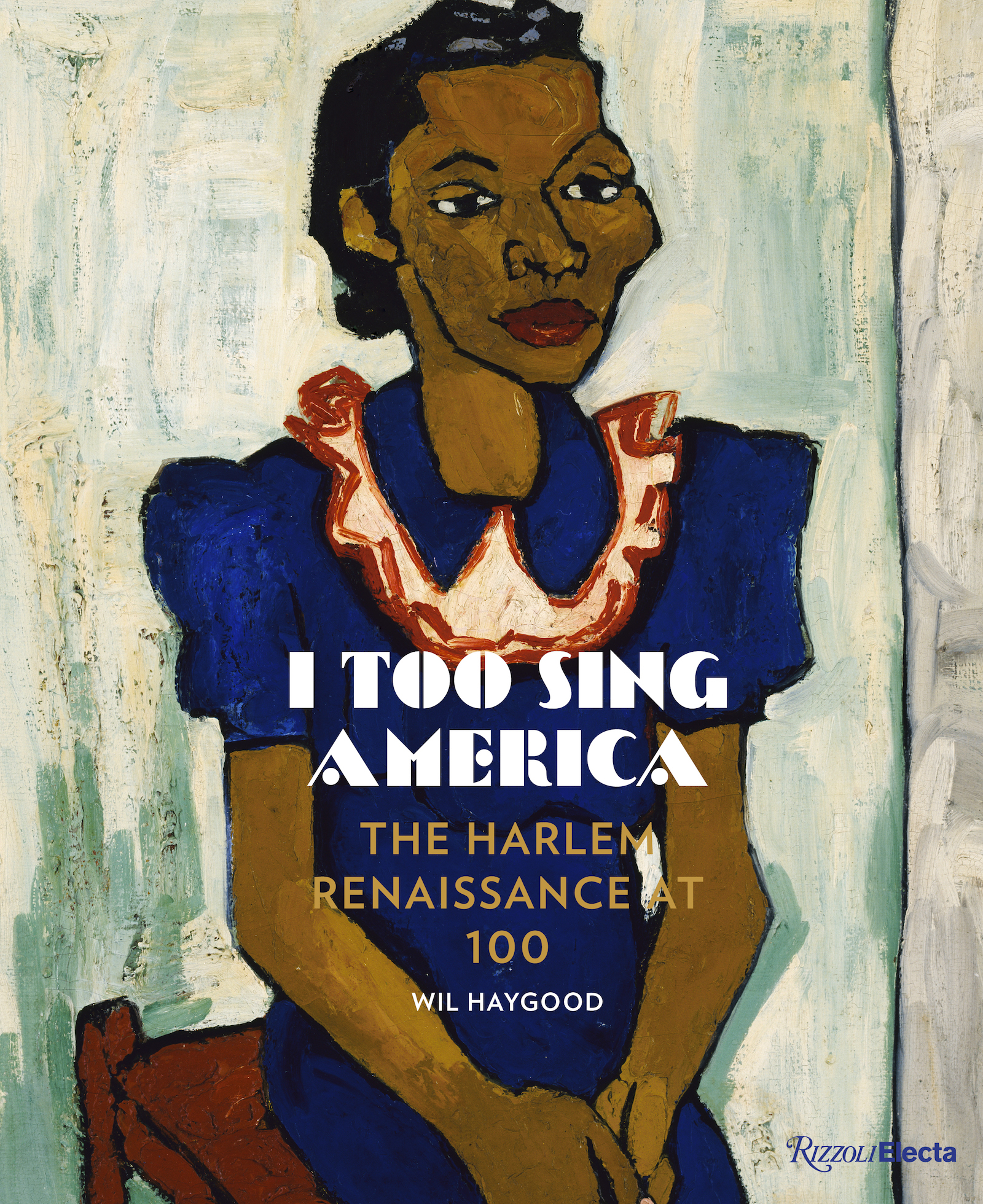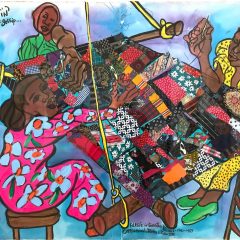The Harlem Renaissance started in earnest about 100 years ago when, on the tail end of World War I, droves of African American workers (and their families) fled the field labor and still-pervasive racial violence of the southern United States for the promise of new work and a new life in the industrialized north. Harlem was but one of many destinations in this mass migration — the brightest star in a constellation of emerging black cultural meccas that included St. Louis, Chicago, Detroit, Columbus, Baltimore, and yes, Philadelphia. Since that time, “The Harlem Renaissance” has come to stand both for the writing, music and visual art produced by a select cast of black intellectuals and artists on a few blocks of upper Manhattan, and for the national and international black cultural awakening of which it was a part.
Documenting the New Negro
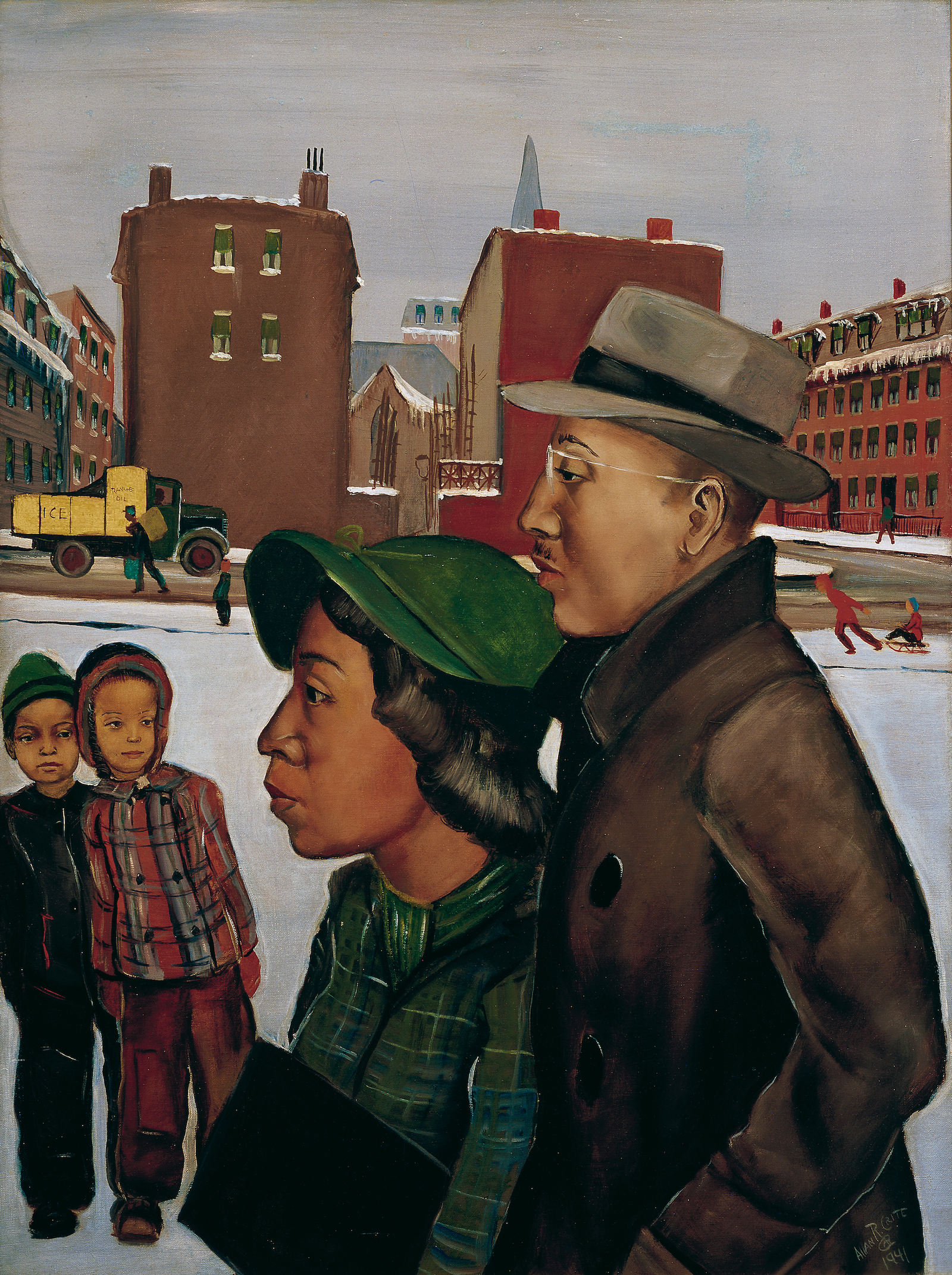
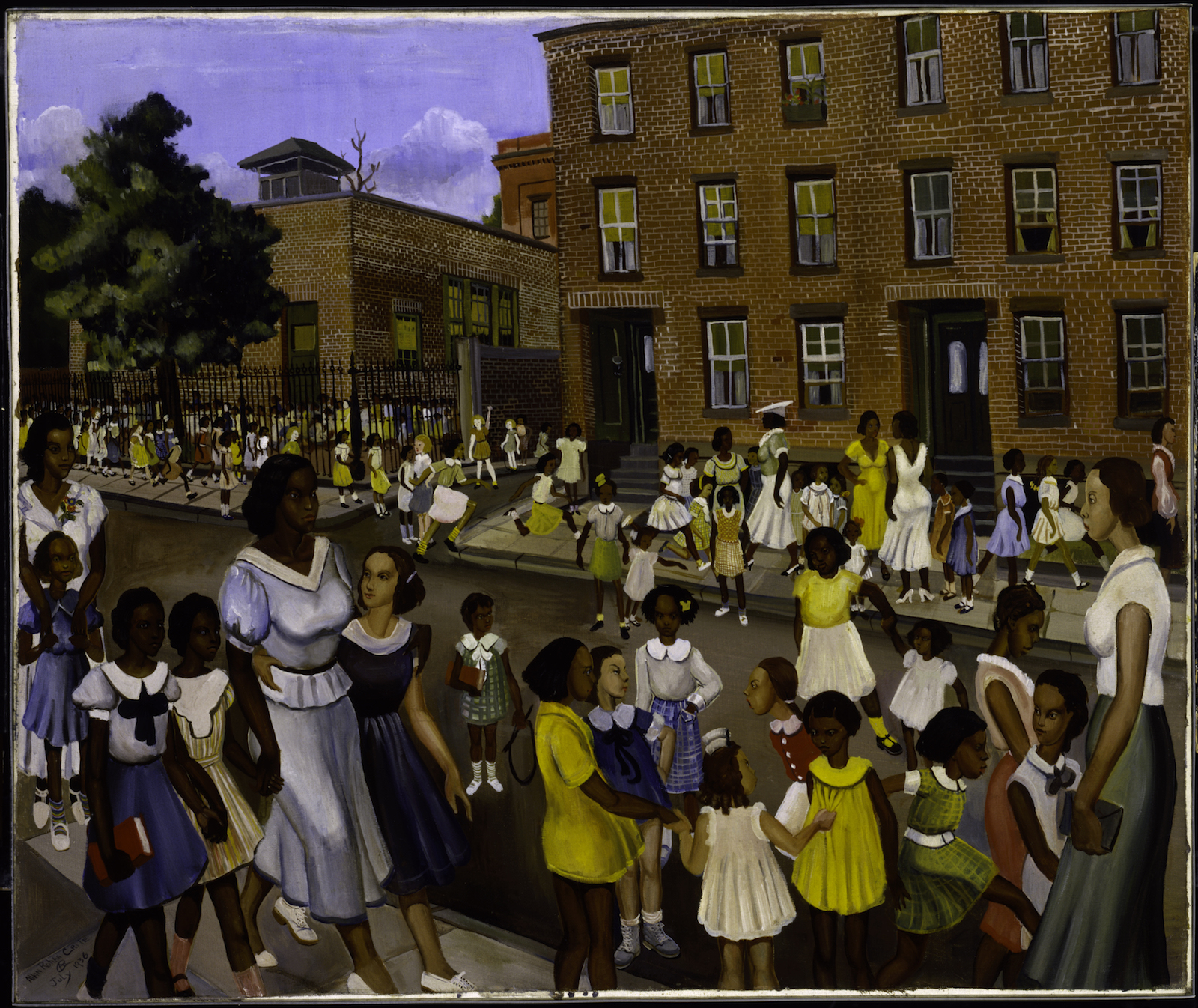
Published in conjunction with an ambitious exhibition of the same title (on view at the Columbus Museum of Art through January 20, 2019), I Too Sing America: The Harlem Renaissance at 100, is an unconventional and timely addition to the literature on this pivotal moment in the histories of black self-representation and American art more broadly. As such, it strikes an impressive balancing between thinking about the Harlem Renaissance as a historically and geographically bound movement, and as a way of seeing and being modern that lives on. Much of this catalog’s unorthodoxy can be attributed to its author, editor and guest-curator Wil Haygood, who, as an award-winning journalist and biographer (and Columbus, OH, native), is a relative outsider to the conventions of the art world. The result is part anthology, part glossy coffee table book, written in a voice that toggles between official historian and folksy storyteller. Haygood and his contributors don’t get bogged down with art historical jargon, nor do they attempt to place the art of the Harlem Renaissance, in terms of form, in relationship to the other modern art movements that preceded or ran alongside it. Instead, their text prioritizes relationships between people at the dawn of the “New Negro.”
Biographical focus on the quotidien and not the mythic
Haygood’s take on the Harlem Renaissance emphasizes its importance to the archive of black everyday life. And in truth, the period between roughly 1920 and 1940 saw black Americans documenting and celebrating their experience like never before. Much of the catalog centers on this documentation — making ample use of both studio and street photography, as well as music posters, book jackets, postcards and any number of other print media artifacts. In line with this more ethnographic ethos, the “high art” selected for the text, and I imagine also on view in the exhibition, tends towards the quotidian. Individual portraits in domestic settings abound, as do larger group scenes of Harlem’s vibrant, jazz-centered nightlife. This is not to suggest that the quality of the work suffers. Domestic scenes by Loïs Mailou Jones and William Henry Johnson are flat out gorgeous, as are German emigree Winold Reiss’s pastel studies of everyday Harlemites. I suggest only that there is a less observational, more mythic strain in Harlem Renaissance art and culture which gets, understandably, overlooked in Haywood’s narrative.
History as a series of compelling vignettes
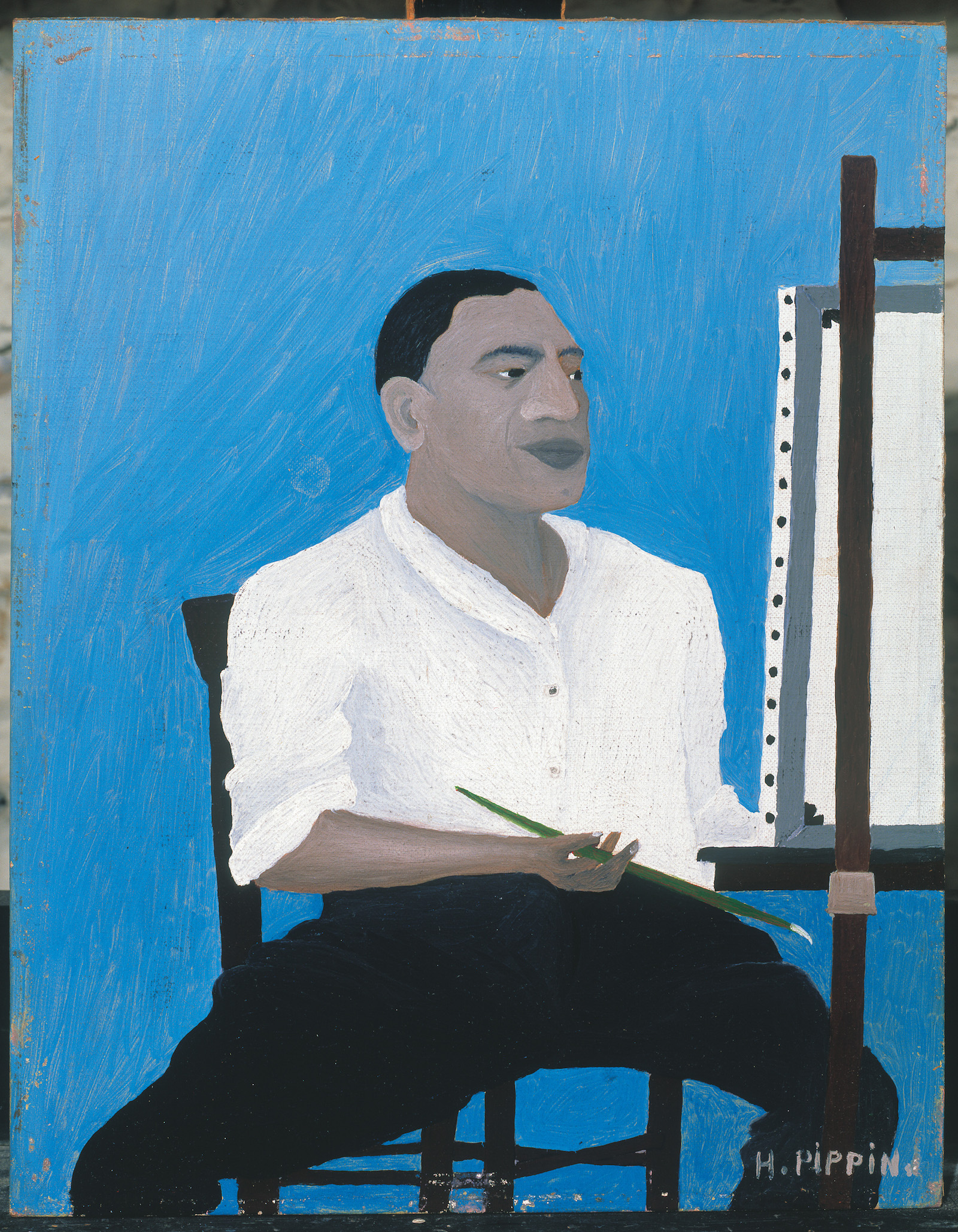
Personalities abound in this volume, as interspersed throughout the text are biographic inserts which illuminate the lives of giants from Langston Hughes to Archibald Motley. Haygood, whose biography of White House butler Eugene Allen became the basis for the 2013 blockbuster film The Butler, really flexes his muscles in these sections, and it is clear that his wheelhouse is presenting history as a series of compelling vignettes in the lives of key individuals. One pleasing (and informative) result of this biographical approach is that he does not treat the works of art in the exhibit as a foregone conclusion but highlights the various networks of financial, institutional and emotional support that made them possible. A particularly poignant chapter explores the psychological toll that being black on stage (and on demand) took on black vaudeville performers, even as it offered them a means of achieving economic stability. The 1920s and 30s saw the first generation of black Americans who were able to make their living as artists, and with I, Too, Sing America, Haygood highlights the unprecedented and often fraught nature of their ascent.
“I, Too, Sing America: The Harlem Renaissance at 100,” Wil Haygood, Rizzoli Electa, New York, NY: 2018
Hardcover
8-3/4 x 10-3/4 inches
248 pages
$55.00
Amazon; Museum Shop
Exhibition “I Too Sing America,” Columbus Museum of Art, October 19, 2018 – January 20, 2019
More Photos
